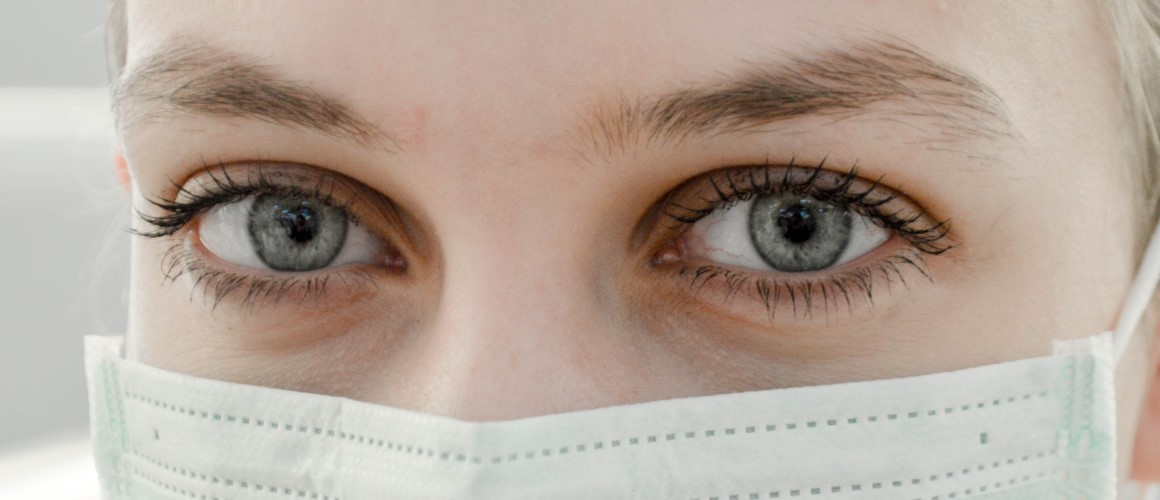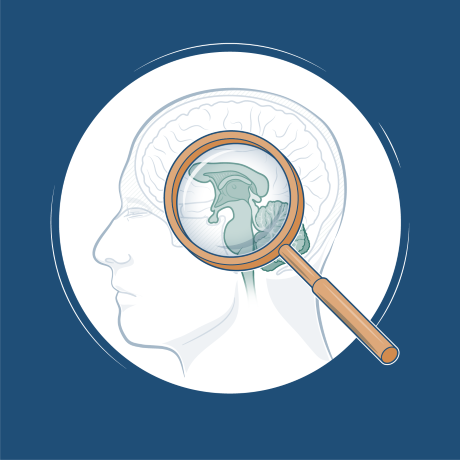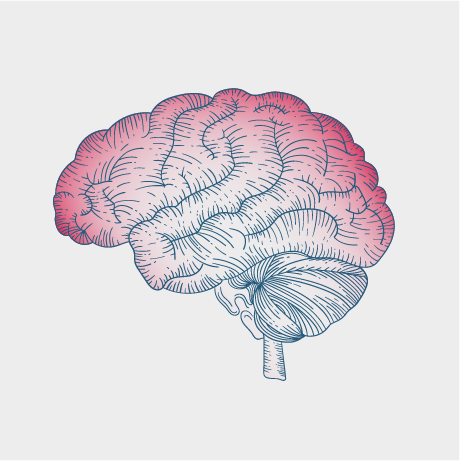
PUBLICATION PULSE: Headache is an important symptom in patients with COVID-19
Lippi G, Mattiuzzi C, Bovo C, Henry BM. Headache is an important symptom in patients with coronavirus disease 2019 (COVID-19). Diagnosis (Berl) 2020;

The lead-up
Coronavirus disease 2019 (COVID-19), caused by severe acute respiratory syndrome coronavirus 2 (SARS-CoV-2), continues to affect many people in the worldwide pandemic.1 It has long been known that headache is a symptom of conditions caused by other strains of coronavirus, including the common cold;2 however, the incidence of headache as a symptom of COVID-19 has not been systematically examined. Though the amount of published data is quickly growing, the authors sought to investigate whether the current literature suggests headache could be a symptom that predicts the risk of having COVID-19.

The approach
The keywords “headache” and “coronavirus 2019 (or COVID-19)” were searched in Scopus, Web of Science, and Medline (PubMed interface) in all fields. Studies published sometime between 2019 and April 17, 2020 were included. The search was filtered to studies containing at least 10 patients with COVID-19, and published in the English language. Any information in these publications pertaining to the incidence of headache in patients with COVID-19 was included in a pooled analysis.
Data were analyzed by estimating the odds ratio (OR) and the 95% confidence interval (CI) for incidence of headache in patients with COVID-19. As a comparator, the incidence of headache in the corresponding global regions was estimated using the Global Health Data Exchange (GHDx) registry.3

The findings
In total, 76 publications were originally identified from the search, of which 64 were immediately excluded (reviews, editorials, case reports, or publications that contained no patients with COVID-19). Two additional studies were found by scrutinizing the reference lists from the remaining articles, bringing a total of 14 studies to be included in the final analysis. These studies included 2,863 total patients with COVID-19. Twelve of these studies were published from China, one from Korea, and one from India. In 11 out of the 12 studies, the incidence of headache was higher in patients with COVID-19 compared with the incidence in the general population of the region according to the GHDx registry.
Overall, headache was cumulatively reported by 11.8% of patients with COVID-19, compared with an averaged 2.8% incidence in the general population in corresponding geographical regions, suggesting that headache was associated with a nearly 5-fold higher risk of being diagnosed as having COVID-19.

The scrutiny
A recent observational study has confirmed that a sizeable subset of patients with COVID-19 feature neurological symptoms,4 and these symptoms can manifest in the central nervous system, often as headache.5 However, it is yet unclear whether the patients who reported headache symptoms with COVID-19 had underlying headache conditions or not. Additionally, no robust pathological data have been presented to explain how SARS-CoV2 affects the nervous system and causes headache, and indirect causes such as hypoxia, dehydration, systemic inflammation, and metabolic disturbances still cannot be ruled out.5

The next questions
- Are patients with underlying headache conditions more susceptible to having headache as a symptom of COVID-19?
- What is the incidence of migraine, particularly in patients with COVID-19?
- How does SARS-CoV2 cause neurologic symptoms?
- Does having headache as a symptom of COVID-19 determine any other clinical trajectories for patients?

The bottom line
The amount of literature on patients with COVID-19 is rapidly increasing, and some more time will be necessary before larger and more systematic studies are available. Despite this, Lippi and colleagues have shown that studies so far, which have collectively included more than 2,000 patients with COVID-19, suggest that headache can raise early concern of the possibility of SARS-CoV2 infection.
World Health Organization. Coronavirus disease 2019 (COVID-19) situation report – 178; 2020. [Internet]. [cited 2020 Jul 16];Available from: https://www.who.int/docs/default-source/coronaviruse/situation-reports/20200716-covid-19-sitrep-178.pdf?sfvrsn=28ee165b_2
Jackson GG, Dowling HF, Spiesman IG, Boand AV. Transmission of the common cold to volunteers under controlled conditions. I. The common cold as a clinical entity. AMA Arch Intern Med 1958;101(2):267–78.
Institute for Health Metrics and Evaluation. Global health data Exchange; 2017. [Internet]. [cited 2020 Apr 17];Available from: https://ghdx.healthdata.org/gbd-results-tool
Mao L, Jin H, Wang M, et al. Neurologic Manifestations of Hospitalized Patients With Coronavirus Disease 2019 in Wuhan, China. JAMA Neurol 2020;77(6):683–90.
Bobker SM, Robbins MS. COVID-19 and Headache: A Primer for Trainees. Headache 2020; [Online ahead of print].



